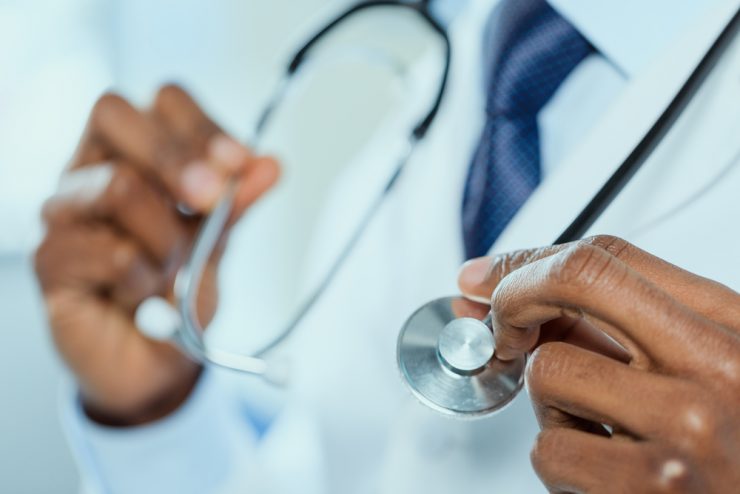A neurological condition that is very chronic and affects the coordination of body movements by the brain is called Parkinson’s disease. This condition was first identified by Dr James Parkinson and the disease is named after him. Men generally get affected by this disease. The risk of getting affected by this condition is higher at an older age and the symptoms generally appear at the age of 50 and above. Younger people may be affected by this disease and if the symptoms appear in the age group of 21 and 40, it is called as young-onset Parkinson’s disease. Juvenile Parkinson’s disease occurs very rarely and affects a person below 18 years of age.
Symptoms
The symptoms of this condition start very slowly and develop steadily. The people who are affected by Parkinson’s disease show different symptoms and they respond in different manners to the treatments.
The main symptoms of people suffering from Parkinson’s disease are
– Bradykinesia
A person suffering from this condition has difficulty in initiating movement. The movement in such cases becomes very slow. A person may have these symptoms because of old age and not Parkinson’s disease.
– Tremor
Trembling of hands and arms is common symptom of this condition. It generally happens in the body parts when they are at rest. The shaking decreases when one uses them. The shivering is very evident if a person is anxious or stressed out.
Stiffness of muscles
A person suffering from Parkinson’s disease finds it difficult to perform every day tasks such as turning around due to stiffness in the muscles. It is difficult for them to make facial expressions and fine finger movements.
Some other symptoms of this disease are
– depression
-tiredness
-constipation
-difficulty in swallowing
-problem with speech and balance
Causes
Damage of the nerve cells or death of the cells in the substantia nigra, which is a part of brain, causes Parkinson’s disease. This reduces the amount of dopamine produced in the brain which is responsible for transmitting messages and controlling body movements. The symptoms of this disease appear when 80% of the nerve cells are lost.
Treatment
Parkinson’s disease cannot be cured but the symptoms can be controlled with treatment. This condition is mainly treated with three kinds of medication.
They are:
– Levodopa
Levodopa is absorbed by the nerve cells and turned to dopamine. It can be taken as a tablet or in the liquid form. Sometimes it is combined with carbidopa or benserazide to prevent it from being destroyed by the enzymes in the gut.
– Dopamine agonists
These act as dopamine substitutes. They may be taken as tablets or injected intravenously.
– Monoamine oxidase-B inhibitors
Early Parkinson’s disease can be treated using Monoamine oxidase-B inhibitors.
The medicine that is prescribed for Parkinson’s disease depend on the following factors
-age
-severity of the symptoms
-response to treatment by an individual
-side effects
Surgery
Surgery may be used for treatment if a person is suffering from Parkinson’s disease from a long time. It is used when medication fails to ease the symptoms. Surgery cannot fully cure this disease but it helps to ease the symptoms.












